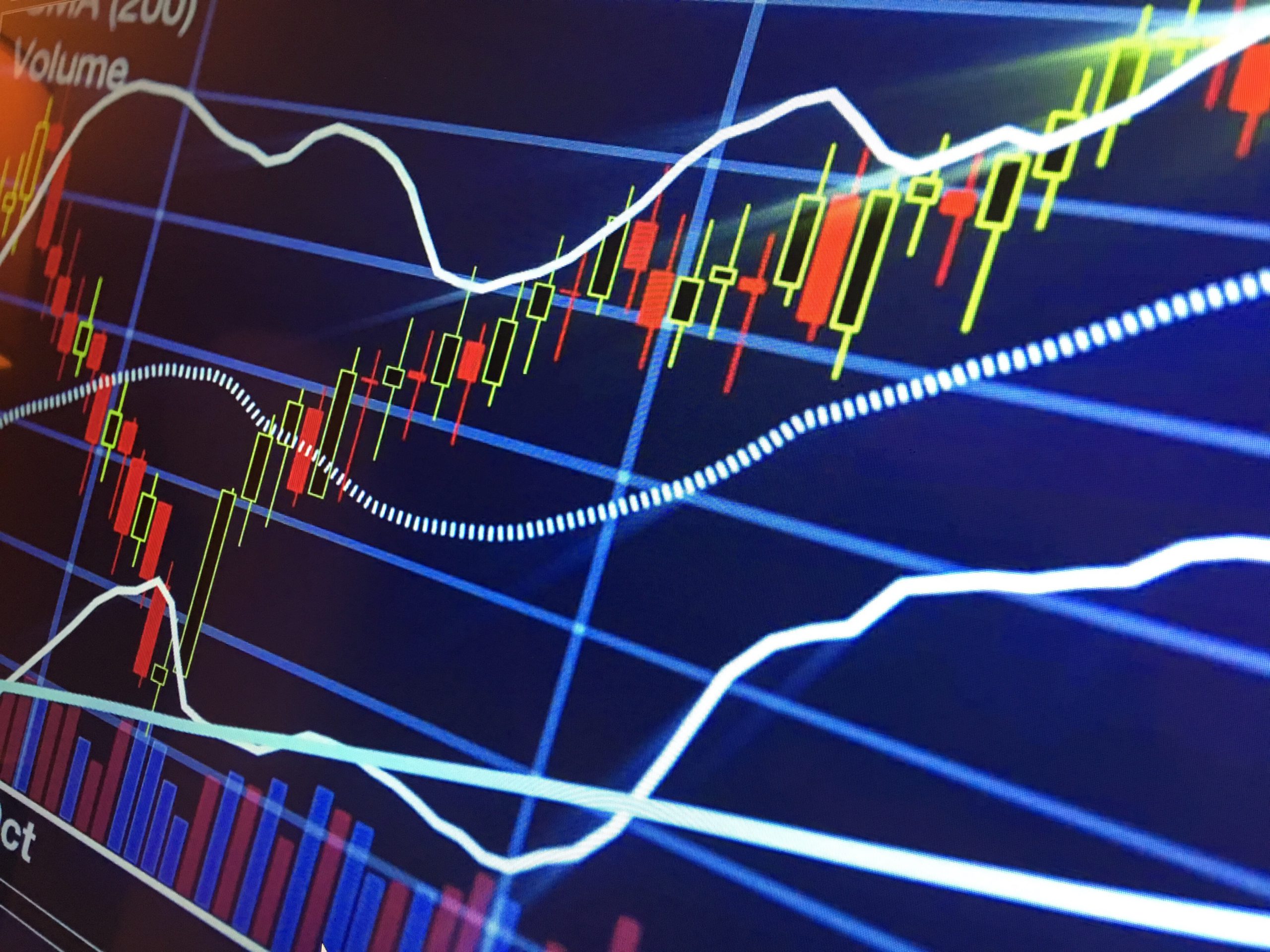The main international equity markets registered a very strong performance during the first quarter of the year.
This positive momentum was a continuation of a similar upturn during the final quarter of last year which helped equity markets register a very positive overall performance in 2023.
However, while in Q4 2023, one of the main reasons for the bullish sentiment was the expectation of multiple interest rate cuts by the major central banks (some investment banks had expected the Federal Reserve to cut its short-term rate six times in 2024), the positive momentum during the first three months of 2024 was as a result of robust economic data and an overall positive earnings season coupled with continued enthusiasm about the business opportunities in artificial intelligence for several companies in the US market.
The S&P 500 index in the US gained 10 per cent during the first quarter of the year (its best start to the year since 2019) following a similarly remarkable 24 per cent gain in 2023. Of particular importance is that during the first three months of 2024, the US benchmark index closed at fresh all-time highs on 22 occasions providing a clear signal of the bullish sentiment across the equity market. Moreover, all of the sectors within the S&P 500 except real estate advanced in the first quarter and more than half of the companies forming part of the S&P 500 index registered new 52-week highs.
With many investors rather cautious at the start of the year following the strong upturn during 2023, the movements over the past three months provide further evidence of the difficulties in gauging the direction of the market over the short term. For this reason, many renowned investors regularly speak openly about the benefits of investing for the long-term without worrying too much about the opportune time to enter or exit the market.
In fact, it is worth highlighting the extent of the upturn across equity markets over an extended period of time with specific reference to some of the recent market lows during the month of March.
9th March 2009 represents the low point for the S&P 500 index during the global financial crisis – a few months after the bankruptcy of Lehman Brothers in September 2008. The S&P 500 index had dropped to an intra-day low of 666 points on 6th March 2009 and reached a closing low of 676 points three days later (the Dow Jones Industrial Average had dropped below 6,500 points representing a drop of over 54 per cent from the previous high in 2007). The market then rallied for five consecutive months from March 2009. The bull market that started in March 2009 was one of the strongest bull markets ever which lasted until the COVID-19 pandemic in the first quarter of 2020.
As COVID-19 was declared a pandemic in early 2020, equity markets tumbled rapidly with a decline of 34 per cent between February and March 2020. The market bottomed on 23rd March 2020 with the S&P 500 reaching a low of 2,191.86 points. It subsequently posted one of the sharpest recoveries ever following a black-swan event and ended the year with a gain of 16.6 per cent.
By August 2021 (effectively 17 months from the market bottom in March 2020), the S&P 500 index had doubled from the low of 2,191.86 points reached on 23 March 2020 – the fastest doubling of the index since World War II. The rally continued in subsequent months until reaching a high of 4,796.56 points on 3rd January 2022 before entering a new bear market as it shed 25.4 per cent until reaching a low of 3,577.03 points on 12th October 2022.
The war in Ukraine in February 2022 and the spike in inflation forced the major central banks to raise interest rates aggressively from the unprecedented low levels over several years which left a negative impact on equity markets. In March 2023, a number of regional banks in the US including Silicon Valley Bank and Signature Bank collapsed forcing the US government and the Federal Reserve to takeover both institutions and protect all depositors.
Confidence across the global financial system weakened tremendously on the news of their demise which also resulted in the forced takeover of Credit Suisse by its larger rival UBS Group AG.
Although many investors initially feared that these developments would result in a repeat of the 2008/9 global financial crisis, the markets quickly recovered from the banking worries with the S&P 500 index climbing up to a high of 4,607.07 points in July 2023 before dropping to a low of 4,103.78 points on 27th October 2023. However, since then the S&P 500 index has rallied by over 26 per cent reinforcing the state of the current bull market.
The market recoveries from these events are truly remarkable highlighting once again the importance for investors to have a long-term time frame when investing in equity markets. As explained in some of my recent articles, the near double-digit annual returns from the US equity markets for almost a century highlights the importance for all types of investors to gain exposure to equities as part of a well-diversified portfolio built around the specific investor objectives and requirements.
Read more of Mr Rizzo’s insights at Rizzo Farrugia (Stockbrokers).
The article contains public information only and is published solely for informational purposes. It should not be construed as a solicitation or an offer to buy or sell any securities or related financial instruments. No representation or warranty, either expressed or implied, is provided in relation to the accuracy, completeness or reliability of the information contained herein, nor is it intended to be a complete statement or summary of the securities, markets or developments referred to in this article. Rizzo, Farrugia & Co. (Stockbrokers) Ltd (“Rizzo Farrugia”) is under no obligation to update or keep current the information contained herein. Since the buying and selling of securities by any person is dependent on that person’s financial situation and an assessment of the suitability and appropriateness of the proposed transaction, no person should act upon any recommendation in this article without first obtaining investment advice. Rizzo Farrugia, its directors, the author of this article, other employees or clients may have or have had interests in the securities referred to herein and may at any time make purchases and/or sales in them as principal or agent. Furthermore, Rizzo Farrugia may have or have had a relationship with or may provide or has provided other services of a corporate nature to companies herein mentioned. Stock markets are volatile and subject to fluctuations which cannot be reasonably foreseen. Past performance is not necessarily indicative of future results. Foreign currency rates of exchange may adversely affect the value, price or income of any security mentioned in this article. Neither Rizzo Farrugia, nor any of its directors or employees accepts any liability for any loss or damage arising out of the use of all or any part of this article.
Mobilising savings into investments
Malta’s equity market needs to grow in size and depth if it is to embrace the EU’s Savings and Investments ...
Reduction in free float
Lowering Malta’s minimum free float requirement to 10% could unlock new opportunities for the local capital market
A golden age for GO plc
GO plc’s Annual General Meeting revealed a bold shift beyond traditional telecoms, stronger-than-ever financials, and possible share buy-backs







